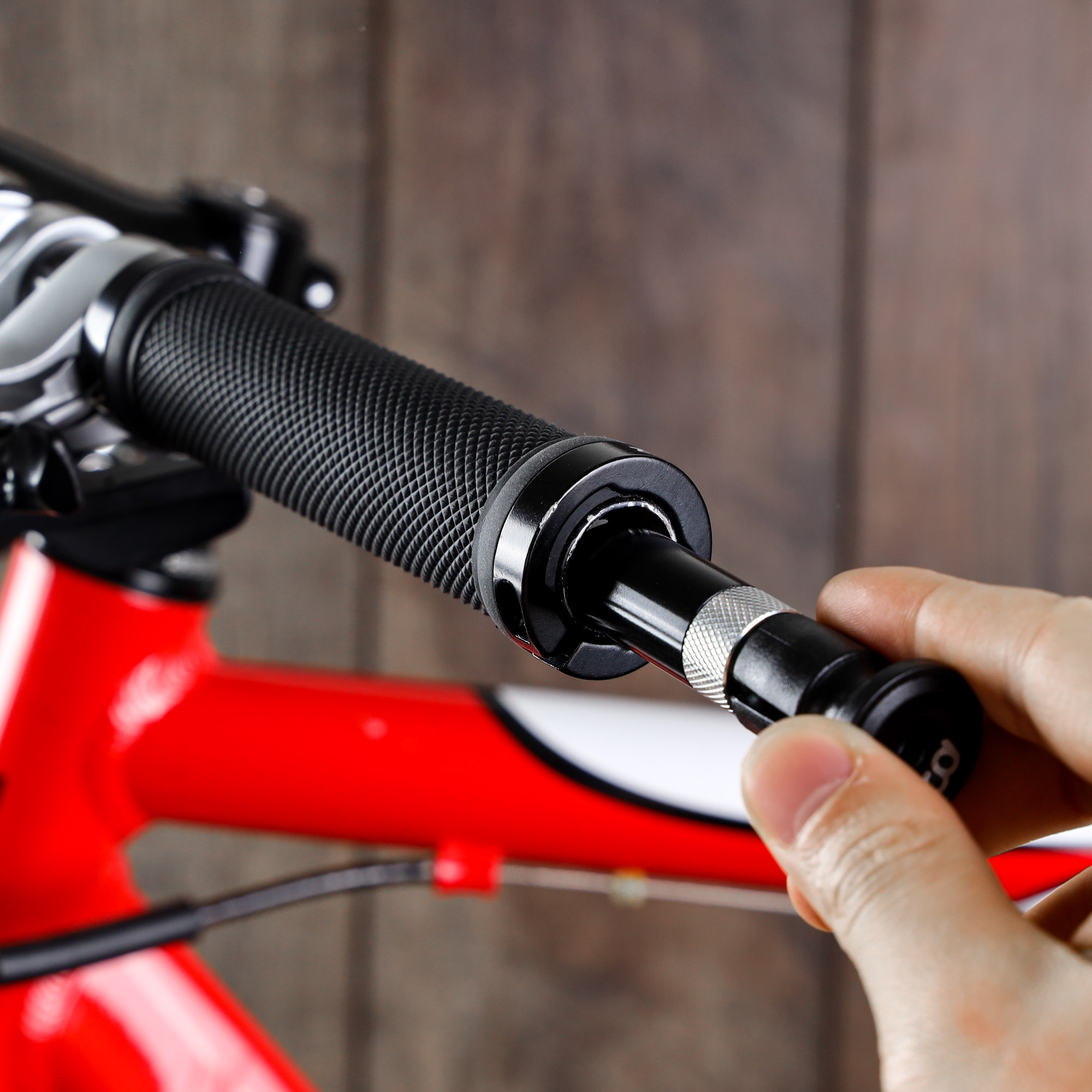If you’re an avid cyclist, chances are you’ve encountered the dreaded flat tire at some point. While it can be an inconvenience, it doesn’t have to ruin your ride. With the right tools and a little know-how, you can fix a flat tubeless tire and get back on the road in no time. In this comprehensive guide, we will delve into the world of tubeless tires, providing you with a step-by-step process and invaluable tips to empower you with the confidence to tackle any flat tire situation.

Image: www.ebay.com
Understanding Tubeless Tires
Tubeless tires offer several advantages over traditional tube-type tires, including improved puncture resistance, reduced rolling resistance, and a more comfortable ride. As the name suggests, tubeless tires do not use inner tubes. Instead, they rely on a sealant to seal any punctures and create an airtight seal between the tire and the rim. This makes them less susceptible to flats and provides a smoother, more efficient ride experience.
Tools and Materials Required for Flat Repair
Before embarking on the repair process, ensure you have the necessary tools and materials on hand. You will need:
- Tire Levers: Tire levers help pry the bead of the tire away from the rim, making it easier to remove and install the tire.
- Valve Core Tool: This small tool is used to remove and replace the valve core, which allows you to add sealant or inflate the tire.
- Puncture Repair Kit: A puncture repair kit typically includes patches, glue, and a roughening tool to prepare the puncture site for patching.
- Sealant: Tubeless tire sealant is essential for sealing punctures and maintaining airtightness.
- Portable Pump: A portable pump is necessary to inflate the tire after the puncture has been repaired.
Step-by-Step Guide to Fixing a Flat Tubeless Tire
-
Safety First: Ensure your safety by parking the bicycle on a stable surface and wearing gloves to protect your hands.
-
Locate and Identify the Puncture: Inspect the tire for the puncture, which may be visible as a small hole or slit. If you cannot find the puncture, inflate the tire to the recommended pressure and listen for any hissing sounds that can help pinpoint the source.
-
Remove the Tire: Using the tire levers, carefully pry the bead of the tire away from the rim on both sides of the puncture. Be patient and avoid damaging the tire or rim.
-
Remove the Valve Core: Using the valve core tool, unscrew and remove the valve core from the valve stem. This will allow air to escape and make it easier to remove the tire completely.
-
Clean the Puncture Site: Once the tire is removed, locate the puncture and clean the area around it using the roughening tool. This will remove any dirt or debris that may interfere with the patch’s adhesion.
-
Apply the Patch: Apply a patch over the puncture site according to the manufacturer’s instructions. Ensure the patch is centered and firmly pressed into place. Allow the patch to dry completely before proceeding.
-
Reinstall the Tire: Once the patch has dried, carefully align the bead of the tire with the rim and use the tire levers to pry the tire back into place. Ensure the tire is seated properly on the rim all around.
-
Reinstall the Valve Core: Screw the valve core back into the valve stem and tighten it securely using the valve core tool.
-
Add Sealant: With the valve core removed, inject the recommended amount of tubeless tire sealant into the tire through the valve stem. Replace the valve core to prevent the sealant from leaking out.
-
Inflate the Tire: Using the portable pump, inflate the tire to the recommended pressure. As you inflate the tire, the sealant will spread throughout the tire and seal any remaining punctures or leaks.

Image: www.ebay.com
Expert Insights and Actionable Tips
“Preventing punctures is key to avoiding flats. Regular tire maintenance, including inspecting the tires for cuts or bulges, can help identify potential problems early on,” advises Tom Silva, a renowned cycling coach with over 20 years of experience.
“If you encounter a flat tubeless tire while riding, remain calm and don’t panic. With the right tools and some practice, you can quickly fix it and continue your ride,” adds Helen Carpenter, a professional mountain biker and three-time national champion.
How To Fix A Flat Tubeless Tire
Conclusion
Fixing a flat tubeless tire is a valuable skill for any cyclist. By following the steps outlined in this comprehensive guide and incorporating the expert insights provided, you can empower yourself to handle any flat tire situation with confidence. Remember, flats are a part of cycling, but they don’t have to hold you back from enjoying your rides. With the right tools and knowledge, you can conquer flat tires and continue your cycling adventures with ease.